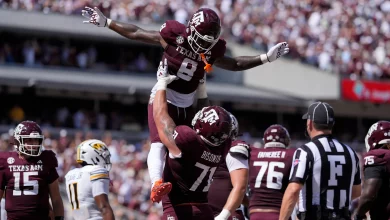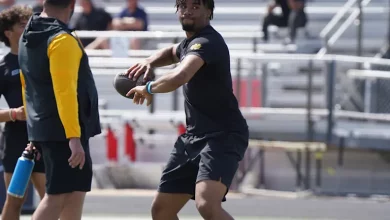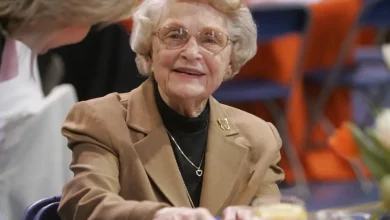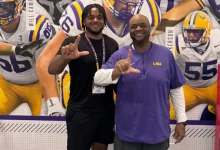Texas A\&M coach expresses frustration over unclear details and uncertainties surrounding the upcoming NCAA settlement affecting college football.
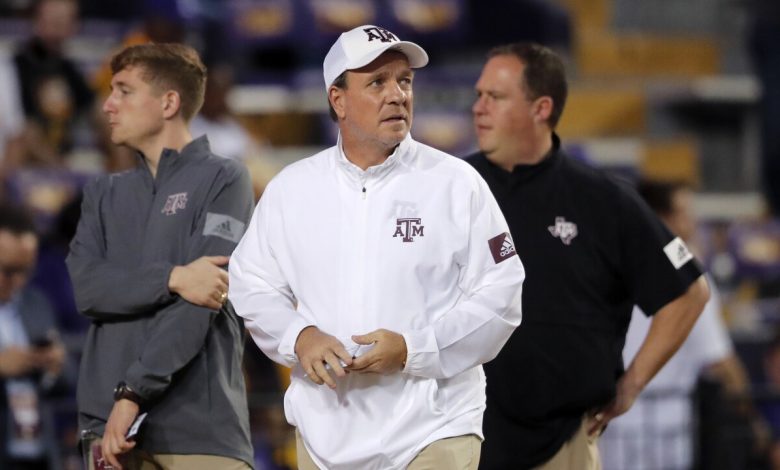
As college football continues to evolve in the era of Name, Image, and Likeness (NIL) rights and increased player empowerment, the NCAA has been grappling with significant legal and regulatory changes. One of the most consequential developments on the horizon is an impending NCAA settlement intended to address longstanding antitrust lawsuits and reshape the governance and compensation landscape for collegiate athletes.
However, amidst these seismic shifts, Texas A&M’s head football coach has voiced clear frustration over the pervasive lack of clarity surrounding the settlement’s terms and potential impacts. This uncertainty has cast a shadow over preparations for the upcoming seasons, creating challenges not only for coaches but also for players, administrators, and the entire college football ecosystem.
In this article, we explore the roots of this frustration, the details behind the NCAA settlement, and the broader implications for Texas A&M and college football as a whole.
The Context: A College Football Landscape in Flux
The NCAA settlement is the culmination of years of legal battles focused on athlete compensation. Key lawsuits challenged the NCAA’s amateurism rules, arguing that athletes deserved the right to profit from their NIL without restrictions. This movement gained momentum following the landmark 2021 Supreme Court decision in NCAA v. Alston, which limited NCAA restrictions on educational benefits.
The upcoming settlement aims to formalize a new framework for how athletes can be compensated while preserving the competitive and amateur nature of college sports. Yet, details remain ambiguous, and many stakeholders—coaches, universities, players, and leagues—are struggling to understand the full scope and consequences.
For Texas A&M, a major SEC powerhouse, the uncertainty presents unique challenges. The program operates in one of the most competitive recruiting and NIL markets, where clarity on rules and compensation could dramatically affect recruiting strategies, roster management, and competitive balance.
Texas A&M Coach’s Frustration: A Demand for Clarity
Mike Elko, Texas A&M’s head football coach, has publicly expressed his frustration with the opaque nature of the ongoing NCAA settlement process. While supportive of athlete rights in principle, Elko emphasizes that the lack of clear guidelines complicates effective program management.
The Core Issues Raised
- Recruiting Challenges: Without definitive rules on NIL compensation, coaches like Elko face an uneven recruiting playing field. Uncertainty about what deals players can sign or what boosters can offer creates anxiety for staff and prospects alike.
- Player Focus and Development: Elko stresses that unclear rules can distract players, shifting focus from football and academics to navigating complex NIL negotiations and compliance issues.
- Program Stability: The settlement’s unknowns make long-term roster planning difficult. Without knowing how NIL regulations will evolve, coaches struggle to forecast scholarship allocations, player retention, and eligibility rules.
Quotes from Elko
In recent interviews, Elko has been candid:
“We want what’s best for our players, but right now, the lack of transparency is creating more questions than answers. It’s hard to build a stable program when the ground keeps shifting beneath your feet.”
“We all understand the importance of NIL and athletes’ rights, but the NCAA and governing bodies need to provide clear, enforceable standards—otherwise, chaos ensues.”
The NCAA Settlement: What We Know and Don’t Know
The NCAA settlement is expected to bring a series of reforms that could revolutionize college athletics. However, several key aspects remain unclear:
What Is Known
- Expanded NIL Opportunities: Athletes will be allowed to earn money from endorsements, sponsorships, and personal appearances with fewer restrictions.
- Education and Compliance: Programs will need to implement robust compliance systems to ensure NIL deals adhere to new standards.
- Potential Salary Caps or Revenue Sharing: Discussions are ongoing about whether and how athletes might receive revenue shares from schools or leagues.
What Remains Uncertain
- Uniformity of Rules: It is unclear whether a consistent national framework will be established or if states and conferences will impose varying regulations.
- Booster and Third-Party Involvement: The degree to which boosters, agents, and external entities can influence NIL deals remains murky.
- Eligibility and Transfer Rules: How NIL agreements will impact player eligibility or transfer regulations is still up in the air.
Impact on Texas A&M’s Football Program
The uncertainty stemming from the settlement has concrete implications for the Aggies:
Recruiting and Competitive Balance
Texas A&M competes in the SEC, a conference noted for aggressive recruiting and high-profile NIL deals. Ambiguous rules could:
- Create Imbalanced Recruiting: Some programs or boosters may exploit loopholes, disadvantaging others adhering to stricter interpretations.
- Complicate Prospect Decisions: Recruits may hesitate to commit to programs without clear NIL guidance, fearing limited earning potential or compliance risks.
Player Development and Focus
Without clarity, players may become distracted by NIL negotiations or compliance concerns. This could:
- Divert Focus from Training: Athletes might spend more time on off-field activities than skill development.
- Increase Pressure and Uncertainty: Young players might struggle to balance financial opportunities with academic and athletic responsibilities.
Coaching Strategy and Roster Management
Elko and his staff face challenges in:
- Projecting Roster Needs: Uncertain NIL policies may affect player retention and transfer rates.
- Managing Team Culture: Balancing individual financial opportunities with team unity requires clear guidance, which is currently lacking.
Broader College Football Implications
Texas A&M’s frustrations echo a wider concern among college football programs nationally. The NCAA settlement’s lack of transparency risks:
- Fragmentation: Without uniform rules, college football could see uneven NIL landscapes, with power conferences gaining advantages.
- Compliance Overload: Programs may struggle with compliance costs and regulatory complexity, detracting from coaching and player development.
- Player Welfare Concerns: Confusion over rules may expose athletes to exploitative contracts or misinformation.
Voices from Around the Sport
Elko’s concerns have been echoed by other coaches, administrators, and players:
- Other SEC Coaches: Several SEC coaches have privately expressed similar frustrations about NIL ambiguity and competitive fairness.
- Athletic Directors: Many ADs urge the NCAA to expedite clear, enforceable guidelines to restore order.
- Players’ Perspectives: Some athletes express excitement about NIL but also confusion and concern about navigating deals without consistent support.
What Needs to Happen Next
To address these challenges, stakeholders call for:
Transparency and Uniformity
The NCAA must provide:
- Clear, detailed rules on NIL compensation.
- National standards that apply uniformly across conferences and states.
Education and Support
Institutions should:
- Increase education for athletes and staff about NIL compliance.
- Provide resources to help players understand contracts and financial management.
Collaboration with Stakeholders
A collective effort among the NCAA, conferences, schools, boosters, agents, and athletes is essential to create a fair and stable framework.



